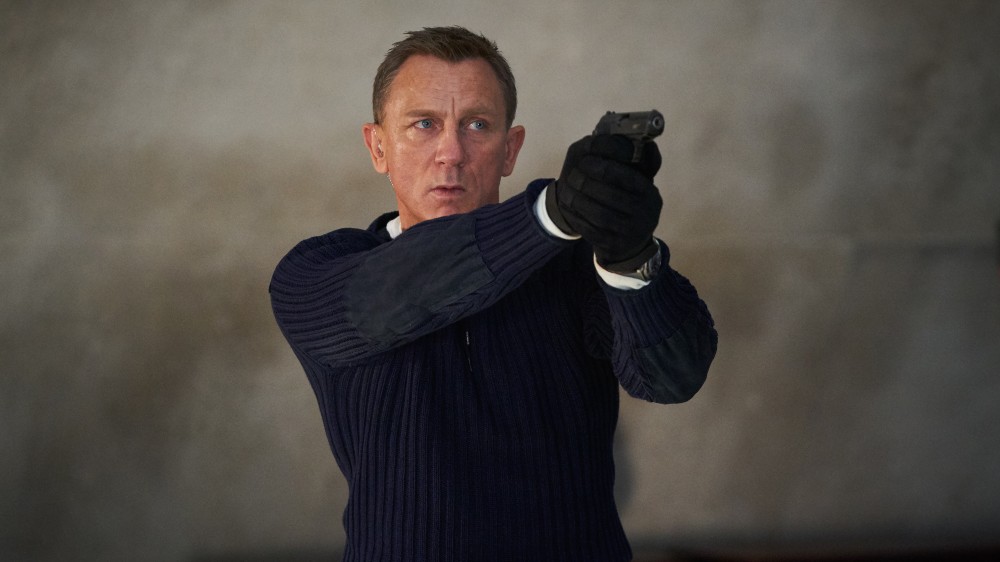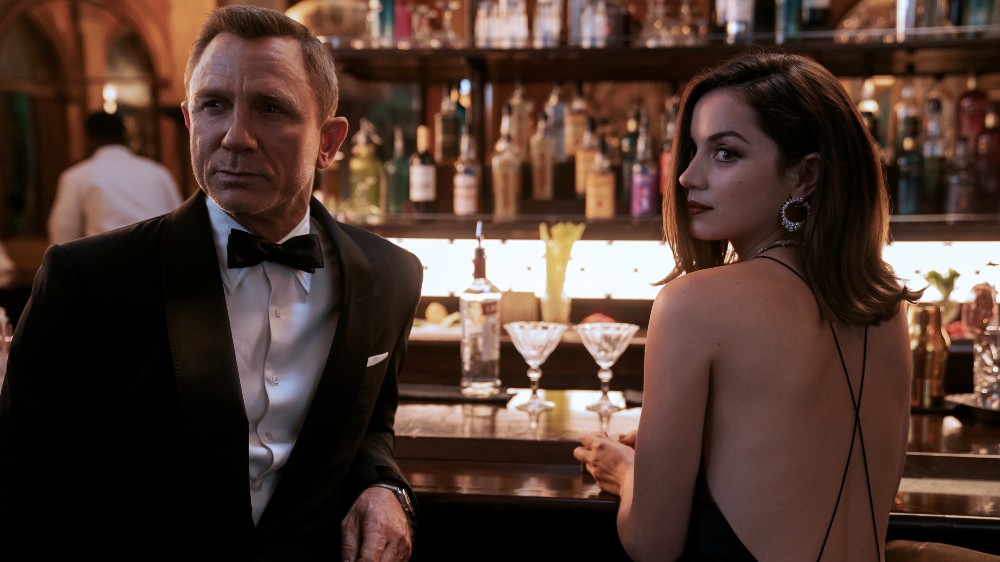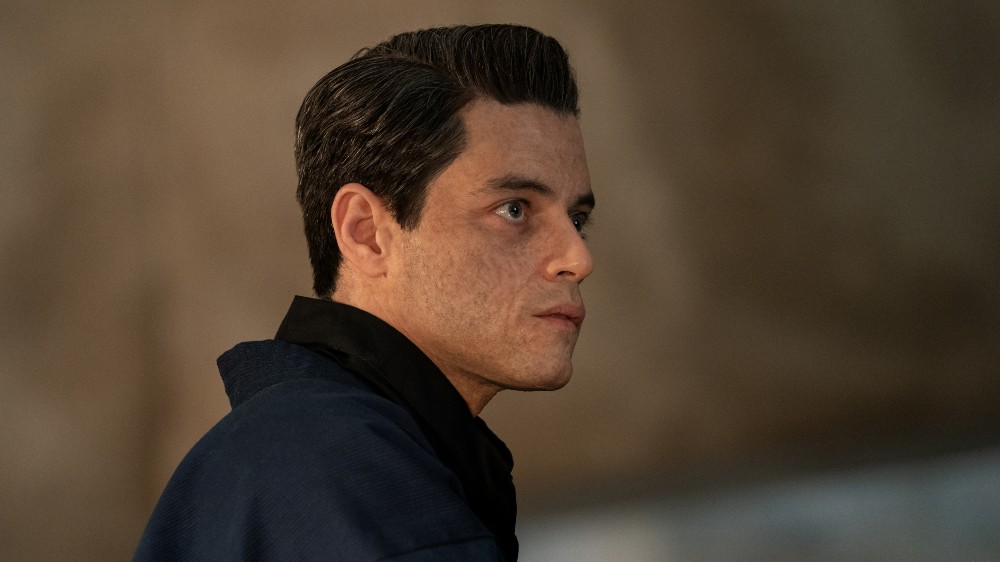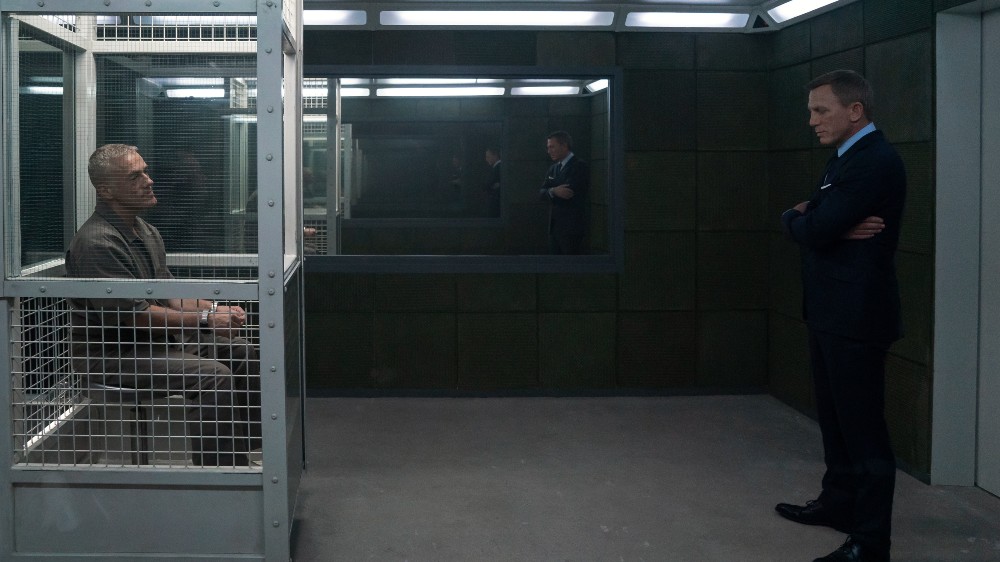
When you realize it’s been six years since Spectre, the previous and penultimate installment of Daniel Craig’s James Bond “pentalogy,” was released, it’s strange to think of No Time To Die as both a direct sequel and a conclusion to Craig’s run. The movie was delayed more than a year due to COVID, and it’s coming out presumably long after anyone cared what happens next.
With a new director in Cary Joji Fukunaga (True Detective), No Time to Die also needs to surpass the Sam Mendes-directed Spectre, which suffered from coming out after Mendes’ Skyfall, one of the best Bond movies in many decades. In many ways, the previous Bond movie also paled in comparison to Tom Cruise’s Mission: Impossible – Fallout, which continued the two franchises’ game of one-upmanship that puts a lot of pressure on No Time to Die (and Fukunaga) to prove that Bond can still be relevant in 2021.
You immediately know you’re getting something different with Fukunaga’s Bond movie, because it doesn’t even start with James Bond, but with a flashback between two characters that will play a large part in Craig’s dénouement. After the events of Spectre, Bond seems to be happily in love with Léa Seydoux’s Madeleine Swann, and after a romantic scene between the two, we’re given the opening action scene we’ve come to expect. The first 25 minutes of the movie were shot using IMAX cameras, so watching the movie in IMAX will definitely give you some added scale to appreciate the film’s locations.

Five years later, the evil organization Spectre has stolen a weaponized virus called Heracles, and it might be good to remind everyone that this Bond movie was completed months before our current pandemic before being delayed for nearly 18 months, so not an influencer on this plot. Bond is long retired and relaxing in Jamaica, having split with Swann since due to the secrets she’s been keeping about her relationship to Spectre. Bond’s CIA buddy Felix Leiter (Jeffrey Wright) calls upon Bond to help retrieve a scientist involved with creating Heracles, but Bond soon learns that MI6 has moved on and replaced him with a new 007 in Lashana Lynch’s Nomi, who wants to retrieve the scientist for her own reasons.
Easily the best part of the movie is when Bond is sent to Cuba to retrieve said scientist, and he’s paired with a far greener agent named Paloma (played by Ana de Armas, who also starred with Craig in Knives Out). While this section has a lot of overused “Bondisms,” it’s also the most fun section of the movie, since Armas allows Craig to lighten up for a bit. By comparison, I wasn’t that crazy about the addition of Lynch, who gets fully involved in the action, but her delivery of lines and especially quips just seems flat. Still, the movie uses any opportunity it can to have the two butt heads over having to share the number “007.” (It does make one wonder whether it’s the “James Bond” name or the “007” number that makes the character.)
Oddly, the movie’s primary villain, Rami Malek’s Lyutsifer Safin, appears in the opening flashback, then doesn’t reappear until nearly an hour into the movie, sporting a pretty horrible Russian accent. It becomes even more obvious that Malek isn’t one of the better Bond villains, when we get a great scene between Craig and Christoph Waltz as Blofeld, the head of Spectre introduced in the previous movie, but now in prison doing a bit of a Hannibal Lecter impression for his face-to-face with his enemy. (It’s another one of the film’s high points.) Swann is also back in Bond’s life, not just acting as Blofeld’s therapist, but also part of a plan to wipe out Spectre and Blofeld, which ties her back to Safin.

No Time to Die definitely seems to have less action than the normal Bond movie, instead filling up most of its very long run time with dramatic dialogue scenes of various characters explaining the film’s plot to someone else. Despite having the writing talents of Emmy winner, Phoebe Waller-Bridge (who performed similar duties on Solo: A Star Wars Story), No Time to Die just doesn’t have as much of the sense of fun of earlier Bond movies, but it’s also not so deathly serious the entire time either, so by its second half, it ends up feeling quite schizophrenic.
There are some real superstars on Fukunaga’s team, most notably Cinematographer Linus Sandgren (La La Land) who manages to shoot one of the best-looking Bond films after Roger Deakins’ brilliant and beautiful Skyfall. Sandgren’s amazing sweeping aerial shots using IMAX cameras really warrant for Bond fans to go out and see No Time to Die in the large screen theatrical format.
Editors Tom Cross ACE (La La Land) and Elliot Graham ACE (Milk) are also champs, not only during the action scenes but also in pacing those dialogue scenes to keep the tension high even if there’s a good portion of the film that drags because of them.
2nd Unit Director Alexander Witt has been with the franchise since Casino Royale, and his work with Stunt Coordinator Lee Morrison, especially when it comes to the car chases, is great, but it’s also nothing that we haven’t seen before. While other action franchises are doing everything they can to reinvent the genre — the John Wick movies immediately come to mind — Bond seems perfectly content to just put Craig in a car or on a bike and see what happens.

And then, there’s also Oscar-winning Composer Hans Zimmer, scoring his first Bond movie, apparently. It’s a great score that incorporates the familiar Bond themes when absolutely necessary, but also constantly drives the epic nature of the film. Unfortunately, his music also adds to some of the more saccharine emotions from later in the film, too.
Ultimately, it all leads to a disappointing third act where we’re thrown back into the Bond tradition of a villain living on a remote island devising his master plan, in Safin’s case involving Heracles. Of course, Swann and her young daughter get dragged into Safin’s plan to lure in Bond — he’s generally doing most of his evil deeds due to a thirst for revenge — and it becomes pretty obvious that having a kid play a major role in a James Bond just was not a great call. Sure, it adds to his humanity, but Bond has never been about that. We go to see these movies to see Bond pull off the impossible, and that sense of escapism just isn’t as present in No Time to Die. Because it’s the end of an era for Bond, it really needed something more special.
I was hoping I’d like No Time to Die more, that it would join recent Bond greats like Casino Royale and Skyfall. While Fukunaga has made a decent film on a technical level, it just feels like he tried too hard not to veer too far from tradition. Because of that, No Time to Die doesn’t try to reinvent the Bond wheel, but it also doesn’t do enough to inject some fresh air into a franchise that’s become a bit of a dated flat tire. It’s good, not great.
Rating: 7/10
No Time to Die opens in North America on Friday, Oct. 8 with previews on Wednesday and Thursday night.
All photos courtesy MGM Pictures; Photographer: Nicola Dove





